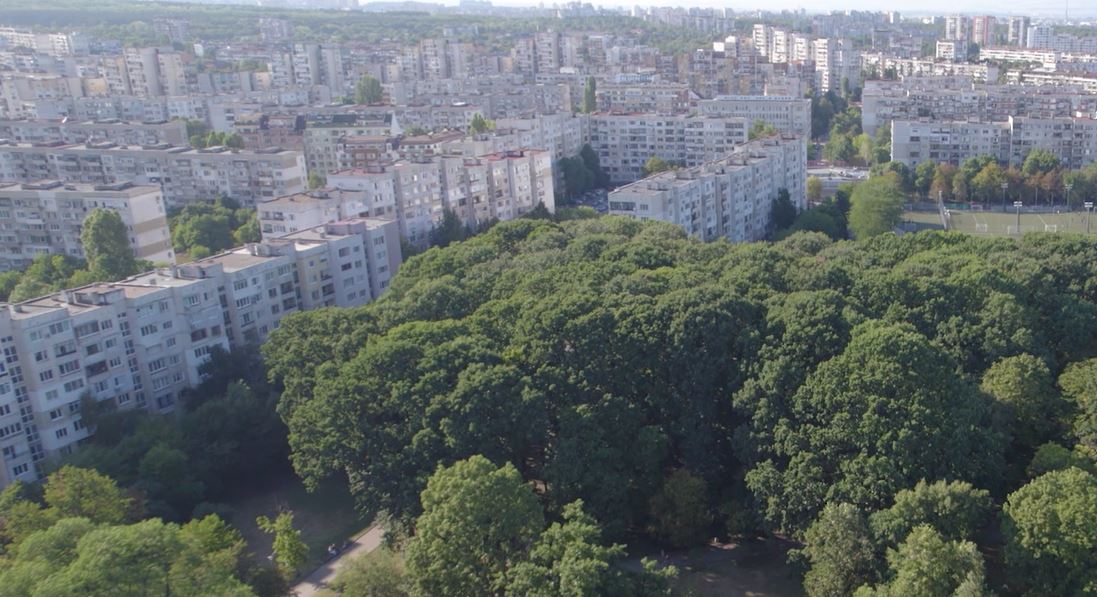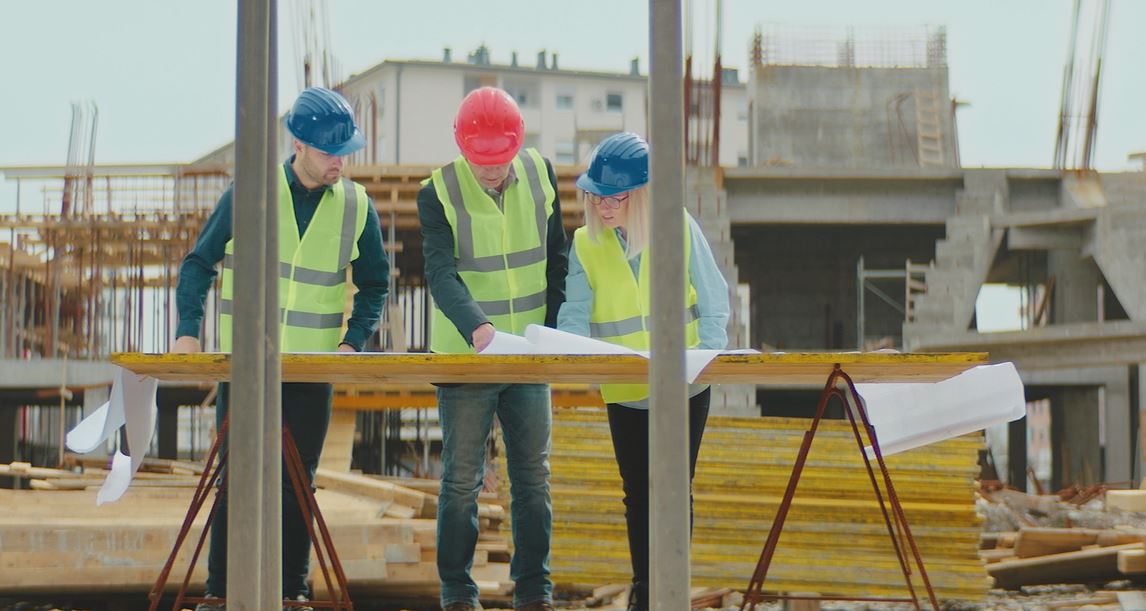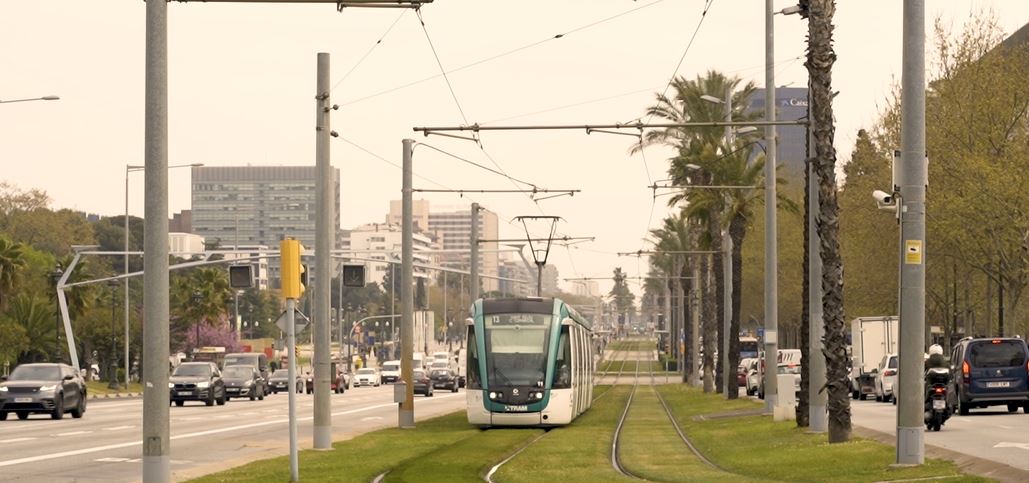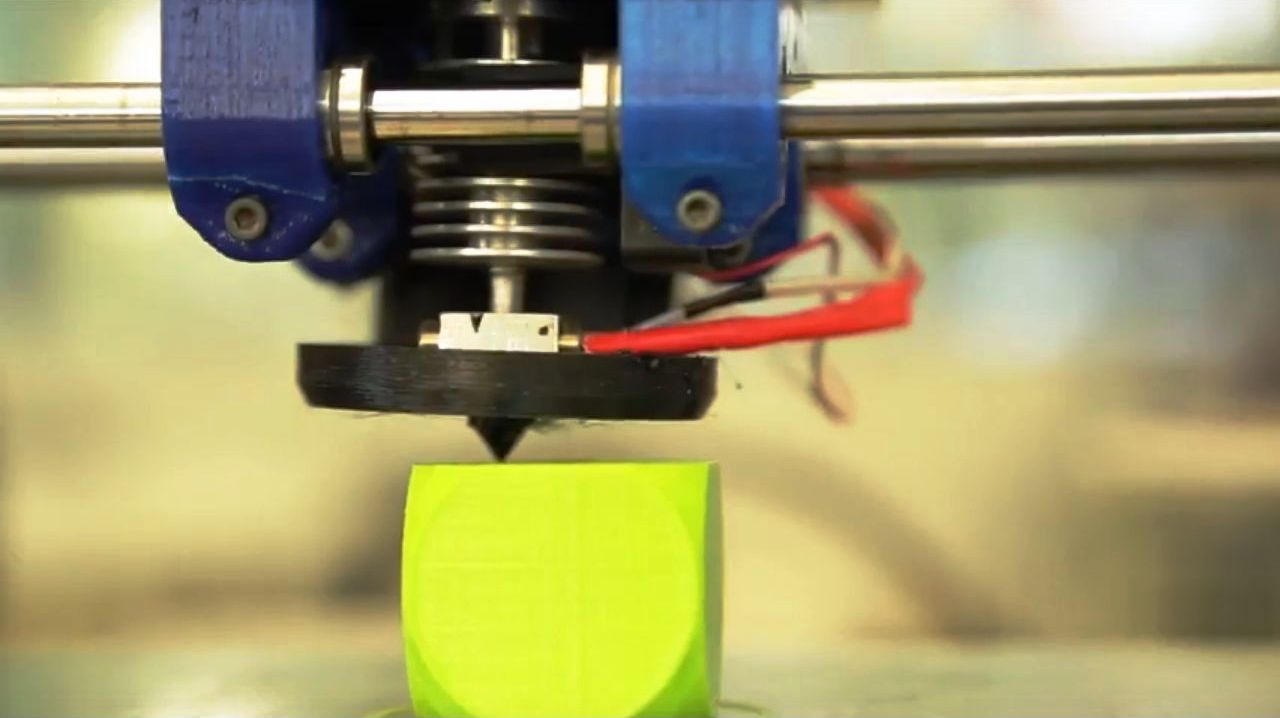
Tunnel security technician
Other denominations
Technician specialising in tunnel security
Description
Tunnels are complex civil engineering works that require specialised staff for both the carrying out of the works and the operation of the tunnel and respective systems. The Order of 19 November 1998 which approves the instruction for the plan, construction and operation of subterranean works for land transport (IQS-98) sets forth basic safety criteria that must be fulfilled. The tunnel safety specialist carries out safety tasks and can also carry out the day-to-day management of the tunnel (as well as the maintenance operations). They can also be appointed director of the operation if the requirements set forth by IQS-98 are fulfilled.
Tasks
- Apply safety measures during the project phase.
To plan a tunnel, the risks must be taken into account and the appropriate measures must be taken in relation to the works and the use of the tunnel. For example, during the planning stage, an analysis must be conducted on the risks associated with the works. In addition, all the risks and incidents that could arise during the use of the tunnel must be anticipated. Also during the planning stage, carry out the health and safety study provided for in Royal Decree 1627/97 that sets forth the minimum health and safety conditions for construction works, which must then be applied during the works to avoid accidents. - Apply the safety elements during the works stage.
During the execution or works stage, the safety study must be applied through the health and safety plan, as well as the appropriate measures in order to avoid the risks associated with construction works, with the special characteristic that tunnels have their own particular risks. - Design and manage the safety systems in the tunnels.
The safety systems in the tunnels ensure the level of services and safety both in the operation of the tunnel (normal use) and in the event of an emergency. These are very important as they ensure the safety of those who drive through the tunnel and thus, it is vital that they work properly. It should be taken into account that the specialised technician participates in both the design and installation, as well as in the maintenance of the various systems:
Power supply. Ensure the operation of the systems and make sure there is a double power supply so there is always electricity.
Lighting. Ensure the drivers' visibility when they pass from the outside light to the tunnel's interior light, and vice versa.
Ventilation. Ensure correct ventilation in the tunnel to avoid or reduce the presence of toxic gases and exhaust from the vehicles.
Signposting. Signs inform the drivers of factors of which they must be aware in order to drive safely (speed limit, accidents on the road, etc).
Emergency exits and refuge areas. Tunnels more than two kilometres long must have emergency exits.
Communication systems. These ensure communication among the tunnel's drivers, the control centre and the external services, especially in the event of an emergency.
Tunnel control systems. These make it possible to gather all the information on the systems through a control centre in order to know the condition of the tunnel at all times and ensure the safety of the drivers and of the workers, such as, the measurement of CO (carbon monoxide) in the air and fire detectors.
Traffic control systems. These make it possible to know the traffic conditions inside the tunnel and on the access ramps at all times; they include closed-circuit television and the signposting equipment (traffic lights, barriers, information boards, etc).
Fire protection, for both detecting and extinguishing fires.
Incident detection systems in the tunnel (car breakdowns, accidents, etc). - Put into practice the emergency and action plan.
Tunnels must have an emergency and action plan that details all possible emergencies, the organisation of emergency teams and necessary responses. Specialised technicians are responsible for putting the plan into practice so that all emergency personnel and mechanisms work when they are needed.










 | Catalan | Beginner
| Catalan | Beginner | English | Advanced
| English | Advanced
 Open
Open



 | English | Beginner
| English | Beginner


